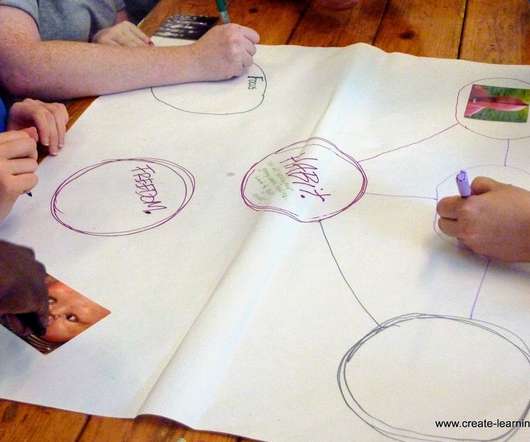Manage change with SCARF
Lead Change Blog
MARCH 26, 2019
Many years of working as a management consultant, coach and mentor tell me the exact opposite is often the case. The answer, simply put, is to structure your conversation using many of the excellent, tried and tested tools that exist in the leadership, management and business development archives. In summary.
























Let's personalize your content